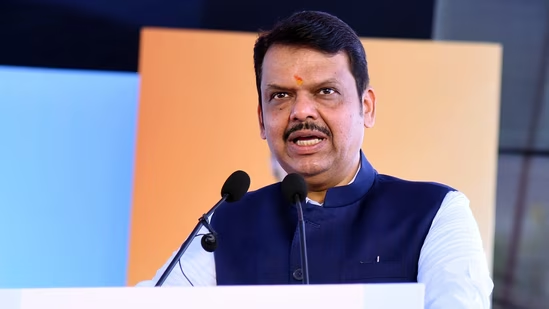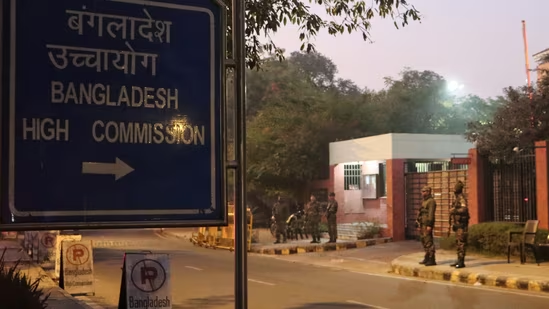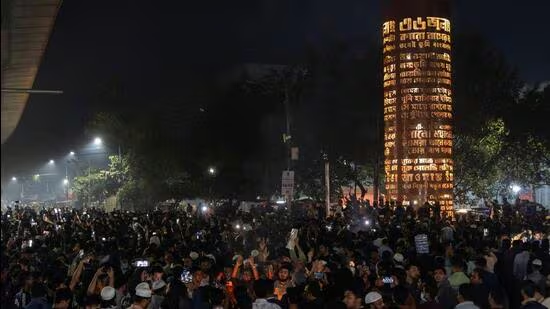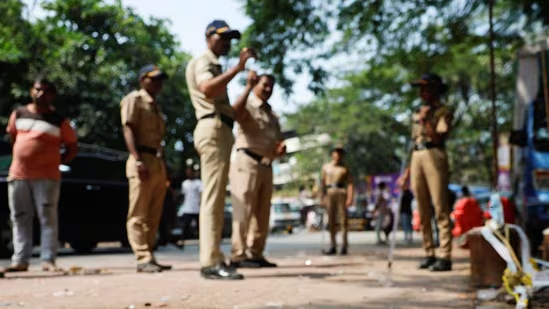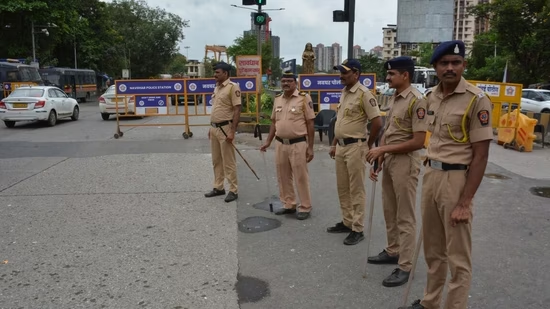Within the passionate terrain of Indian politics, where ideological currents frequently determine electoral outcomes, the release of the manifestos for the Congress and Bhartiya Janata Party (BJP) for the 2024 elections has sparked a new dialogue. The central theme of this story is the Congress’s seismic transformation, which it is encapsulating under its newly formed electoral pillars as it forges into unknown territory in social justice politics.
Since its founding, the Congress party, which has come to represent India in politics, has rarely strayed from using social justice as the cornerstone of its campaign rhetoric. In contrast to the BJP, which has traditionally supported policies such as pro-monopoly capitalism and the Uniform Civil Code, the Congress has mostly followed a secular framework, emphasising minority rights and certain reservations.
However, in a paradigm-shifting action that is reminiscent of past realignments, the Congress has revealed a radical agenda that is contained in its manifesto for 2024. The idea of a national caste census is at the centre of this agenda, marking a significant shift from its previous political tactics. This audacious move highlights a reorientation of the Congress’s ideological compass, as does the commitment to modify the Constitution to challenge the 50% reservation cap.
The origins of anti-caste social justice can be found in the early years of India’s independence, when the Scheduled Castes and Tribes were recognised by the constitution as underrepresented groups that should receive affirmative action. Still, the Congress avoided incorporating social justice into its political platform, even though it played a crucial role in creating India’s democratic culture. Rather, it mostly avoided the complex web of caste dynamics by alternating between minority representation and specific welfare packages.
Its unwillingness to participate in caste politics resulted from a deeply ingrained culture in which the Congress was afraid to challenge the power of the main caste groupings due to the influence of secular Dwija forces. A key component of the party’s ideology, the Nehru-Gandhi dynasty promoted a form of secular Brahminism that, although seemingly inclusive, was unable to topple the caste system’s hierarchical structures.
This resistance to social change reached a breaking point in 1990 with the release of the Mandal Commission Report. Congress, enmeshed in the shackles of established power systems, was unable to respond effectively to the report’s seismic implications. The BJP’s rise was aided by a strong combination of identity politics and economic discourse, which further widened the void left by localised claims of caste identity
A break from conventional power centres was signalled by the ascension of Narendra Modi, who symbolised a paradigm shift inside the BJP and ushered in an age of Gujarat-Mumbai-centric capital influence. The BJP achieved unparalleled political dominance through the consolidation of economic power and the purposeful use of caste identities, pushing the Congress to the margins of national debate.
But a new chapter in India’s political history has begun, thanks to Rahul Gandhi’s recalibrating of the Congress’s election approach. The Congress’s manifesto’s inclusion of social justice as a central tenet marks a break from the status quo and has generated strong support as well as internal opposition within the party.
This ideological shift is significant because it has a profound impact on India’s socio-political structure and goes beyond election dynamics. Like his forebears, Rahul Gandhi breaks out of electoral politics to become a beacon of socio-political change. His commitment to social justice makes him appealing to underrepresented groups and establishes him as a serious opponent of the BJP’s rule.
Rahul Gandhi’s reworking of the Congress’s electoral agenda stands out as a clear appeal for social change amidst the din of electioneering rhetoric. The Congress’s bid for social justice emerges as a critical moment in India’s democratic voyage, confronting established power structures and heralding a new dawn of inclusivity and equity as battle lines are set and ideological fault lines are exposed








